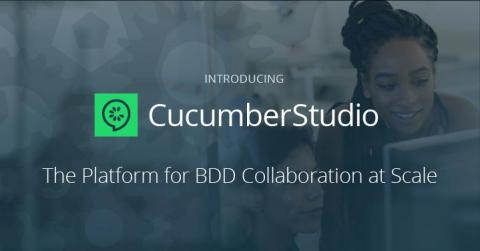Systems | Development | Analytics | API | Testing
%term
Josh Baer from Spotify about CI/CD for Machine Learning
Josh Baer from Spotify talks to Iguazio (https://www.iguazio.com/) CEO Asaf Somekh about the challenge of bringing CI/CD to machine learning
Kuma 0.3.1 Released with Third-Party CA Support, Health Checks, and a GUI!
At KubeCon North America 2019, the community provided us with a ton of feedback and feature requests. We’re proud to release some of the most widely requested features in our latest version of Kuma: third-party CA (Certificate Authority) support, health checks, and a GUI! Kuma’s new health checks will help minimize the number of failed requests between your application. The third-party CA support will provide more flexibility when deciding how to secure your mesh.
This year's Talend at AWS re:invent recap: Bigger, busier, and better than ever before
Whether you stopped by to visit us in person at AWS re:Invent last week or you planned on it but didn’t get a chance, here are some of the most important key points and takeaways.
How to Use Broadway in Your Elixir Application
In today’s post, we will be covering the Elixir library named Broadway. This library is maintained by the kind folks at Plataformatec and allows us to create highly concurrent data processing pipelines with relative ease. After an overview of how Broadway works and when to use it, we’ll dive into a sample project where we’ll leverage Broadway to fetch temperature data from https://openweathermap.org/ in order to find the coldest city on earth.
5 things that will shape the BI industry in 2020
Looking forward to 2020, there are five things I think we’ll see happen more. We’ve seen a ton of consolidation this year and we’ll see more next year. There are about 75 front-end vendors in the BI space and the reality is that they can’t all survive in the market as it is today. Salesforce purchased Tableau recently and a lot of smaller vendors have already been bought.
Data Hub - Advanced Options
Retrace Quick Look
The Brave New World of Digital Innovation: Open. Decentralized. Developer-Driven.
As we approach the end of the year, I am reflecting on the fascinating evolution of how technology solves business problems. Since 2016, I have seen microservices drive buying decisions for many large enterprises. At the same time, open source adoption has been gaining ground from its emergence as a grassroots movement in the 90s to an industry-defining standard, driven by the rise of developers as strategic influencers.











